Hello. This is a new correspondent, Hanes.![]()
![]()
Last time, we delivered "Chuo-ku Seen from the Sky", but in the second installment of this "How to Walk in Chuo-ku" series (Part 1 and Part 2)
Focus on things that are very familiar and take up Chuo-ku in the history of firefighting.![]()
First of all, have you ever heard the word "fire and fight are Edo's flower"?
This means that "the gorgeous work of fire extinguishing and the fight between Edokko are powerful and are a sight of Edo", and are often referred to when describing Edo.
In particular, fires are said to have occurred frequently because wooden houses were densely packed.
One of the most famous fires caused the disappearance of the central keep of Edo Castle.
"The Great Fire of the Meiryaku era (furisode fire)" in 1657 (1657)![]()
This fire caused enormous damage to most of the current Chuo-ku, and triggered a major remodeling of Edo City.
One frame of the history of firefighting in the Edo period is like this.
It can be seen at the Kabuto-cho / Kayabacho Machikado Exhibition Hall (15-3, Kabutocho, Nihonbashi, Sakamotocho Park)![]()
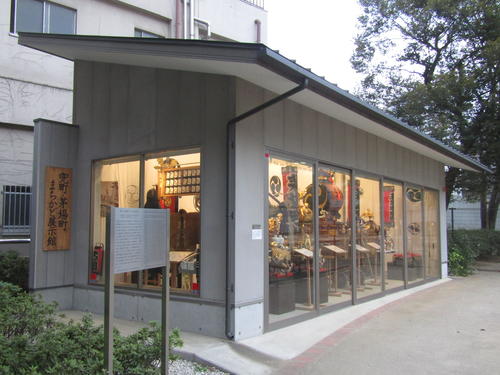
Attracting local cultural properties such as portable shrine and floats are on display.
Here, I would like you to pay attention to the exhibits related to Edomachi fire extinguisher "Hyakugumi".
Here is a mini kite with a 48-piece coat.![]()
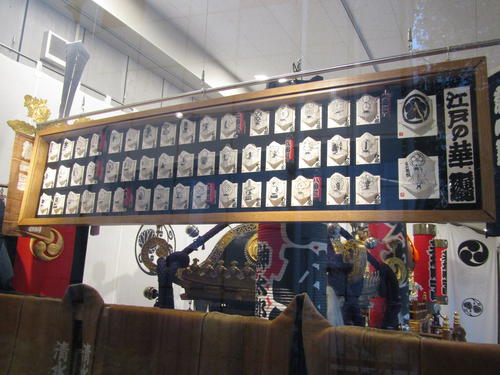
If you look closely, you will notice that "Hegumi", "Lagumi", "Higumi" and "Ngumi" are not found.![]()
The reason is that it leads to "fart" in order, leads to hidden words, "fire", and poor language.
Therefore, instead of those four characters, "Hundred", "Thousands", "Man", and "Books" groups were organized.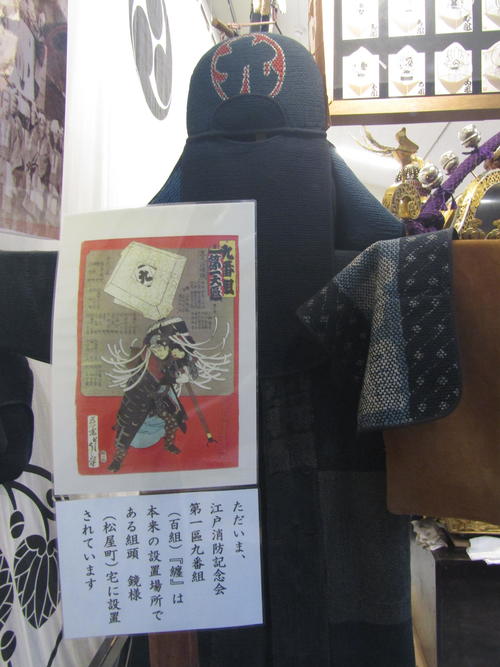
At this time, in addition to the town fire extinguisher, there were several fire extinguishings of different sizes and purposes, such as fire extinguisher, daimyo fire extinguisher, and fixed fire extinguisher.
In Kansei 9 (1797), a celebrity who later lived in Ogamachi (now Kyobashi) was born.
As the eldest son of Genemon Ando, the concentric of the Shogunate Fire Fighting Group, Genemon Ando
It was born in a fire extinguisher house on the Yatsushiro Su Riverbank (now Marunouchi).
Well, who is it?
...Right away, the answer is Hiroshige Utagawa![]() !
!
It's surprising that it has a strong image of a popular ukiyo-e artist, so it's related to fire extinguishing.![]()
The fire extinguisher that played an active part in Edo, where there are many fires, was abolished when the town fire extinguisher was reorganized into a fire department in 1872.
However, Shintomi has historical sites closely related to the subsequent fire.![]()
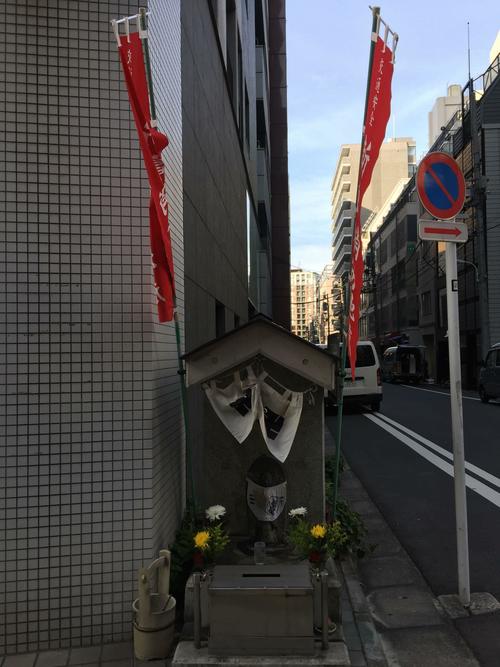
This is the Shintomi Fire guardian of children and travelers, which prays for the requiem and local security of the three victims who were lost in a fire at a furniture factory in this place in 1941.
(Place: the south side street between Shinkinbashi and Shintomi 1-chome traffic lights)
I would like to help with the summer heat and fill my tub with water for those who died.![]()
After the war, skyscrapers gradually began to build, and underground use began to spread.
On the other hand, there are many historical buildings that have been rebuilt.
One of them is Kojunsha, a social club founded by Yukichi Fukuzawa.![]()
The illuminated exterior is also nice, but look at the left side of the entrance.
Do you see something on it?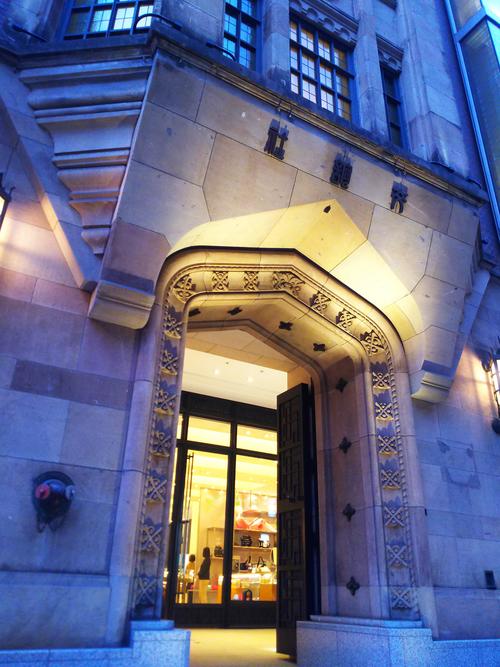
When enlarged, you can see the double-headed object and the letter Siamese Connetion engraved on it.
I was familiar with the building, and I thought, "Is it something an object?"
When I checked it, I found that Siamese Connection is a Japanese "water outlet".![]()
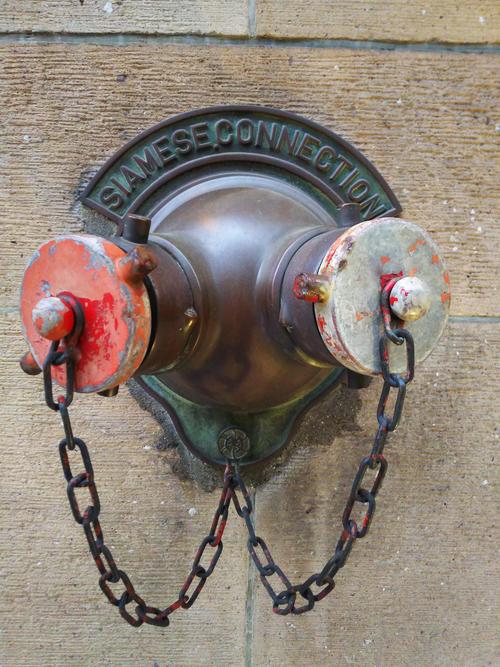
A square plate embedded in the wall, or an independent stand.
It looks different from the water outlet we usually see, and I'm worried about it.
With this opportunity, when I noticed it, my eyes began to go to the water outlet.![]()
In such a case, I got information that there is a museum full of originality called the "Water Entrance Museum" in Shimbashi, Minato-ku, next door.
"I want to know more about the water outlet in Chuo-ku!" I decided to visit.![]()
Continue
[Reference Website]
Japan Fire Association “History of Fire Fighting” http://www.nissho.or.jp/contents/static/syouboudan/rekishi.html
http://www.tfd.metro.tokyo.jp/libr/times/times01.htm (Tokyo Fire Department)
http://www.tfd.metro.tokyo.jp/libr/qa/qa_03.htm (http://www.tfd.metro.tokyo.jp/en/libr/qa_03.htm
Chuo-ku Tourism Association Official Blog
Chuo-ku Tourism Association correspondent blog
Introducing Chuo-ku's seasonal information by sightseeing volunteer members who passed the Chuo-ku Tourism Association's Chuo-ku Tourism Certification and registered as correspondents.
List of AuthorsRecent blog post
|
Chuo-ku (Part 1) in the history of firefighting
|
MenuArchiveLinks |

